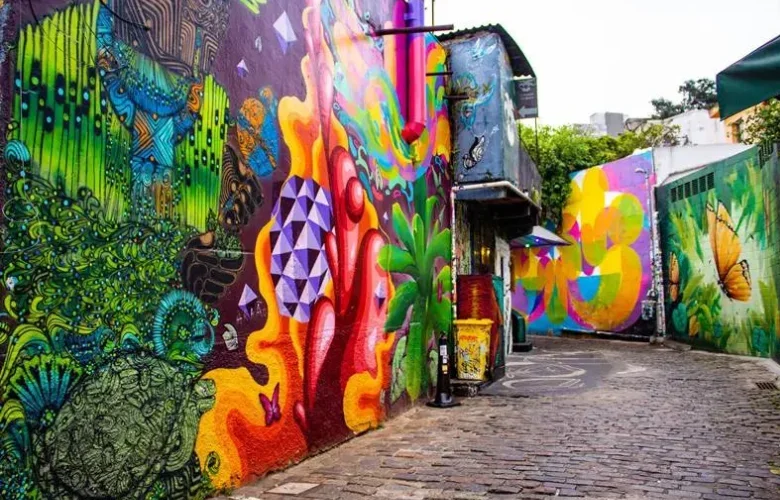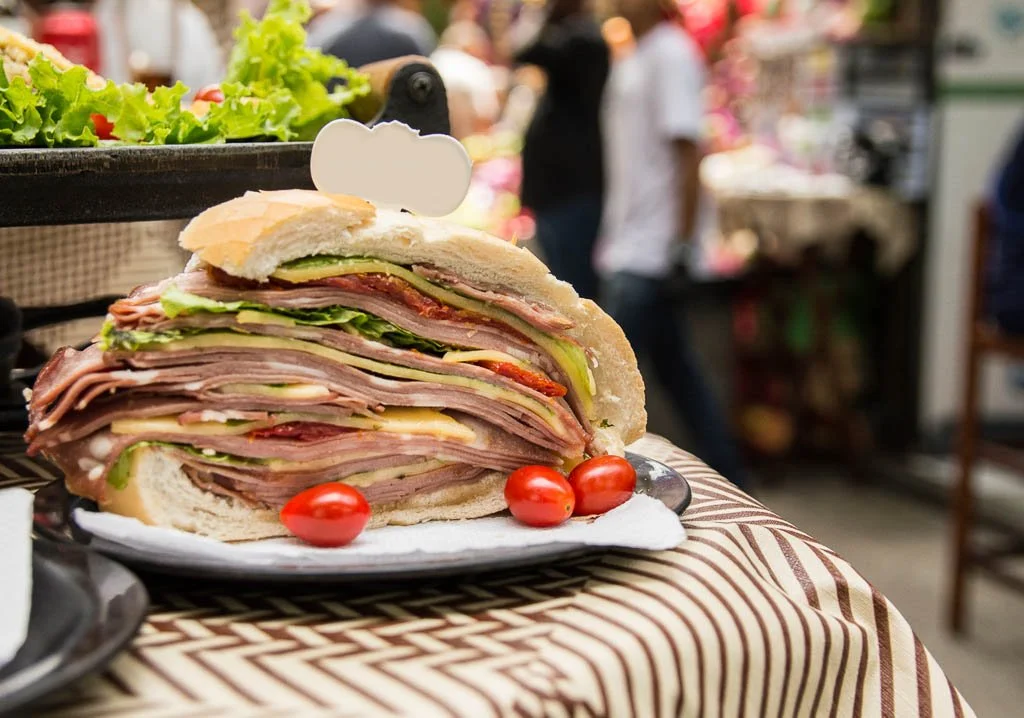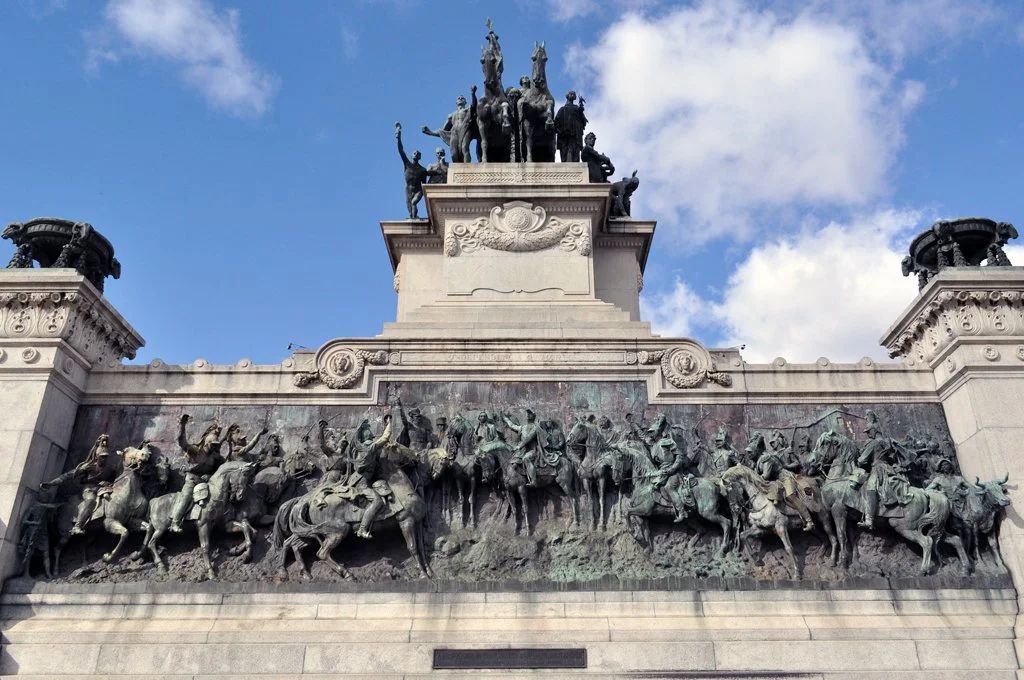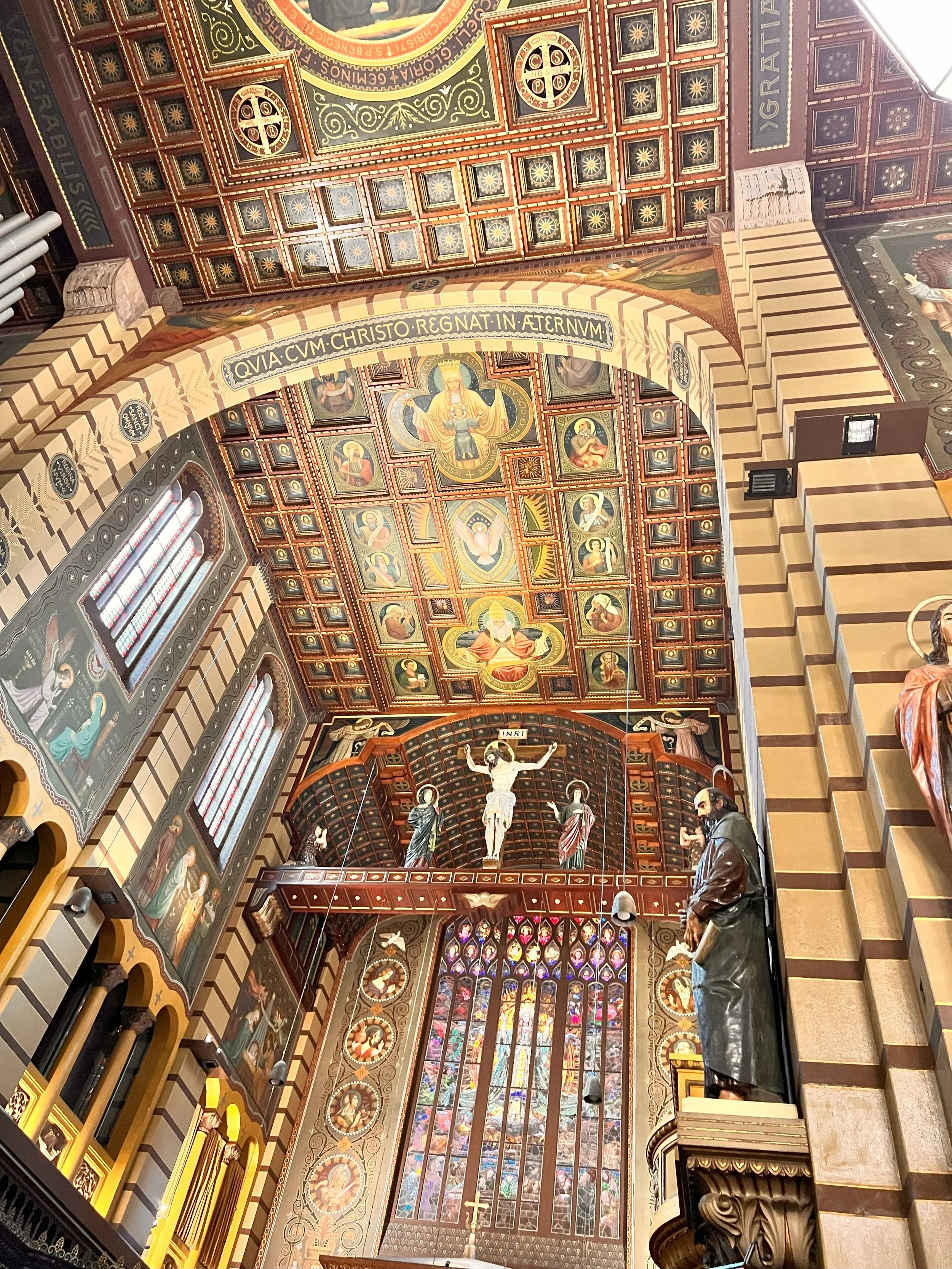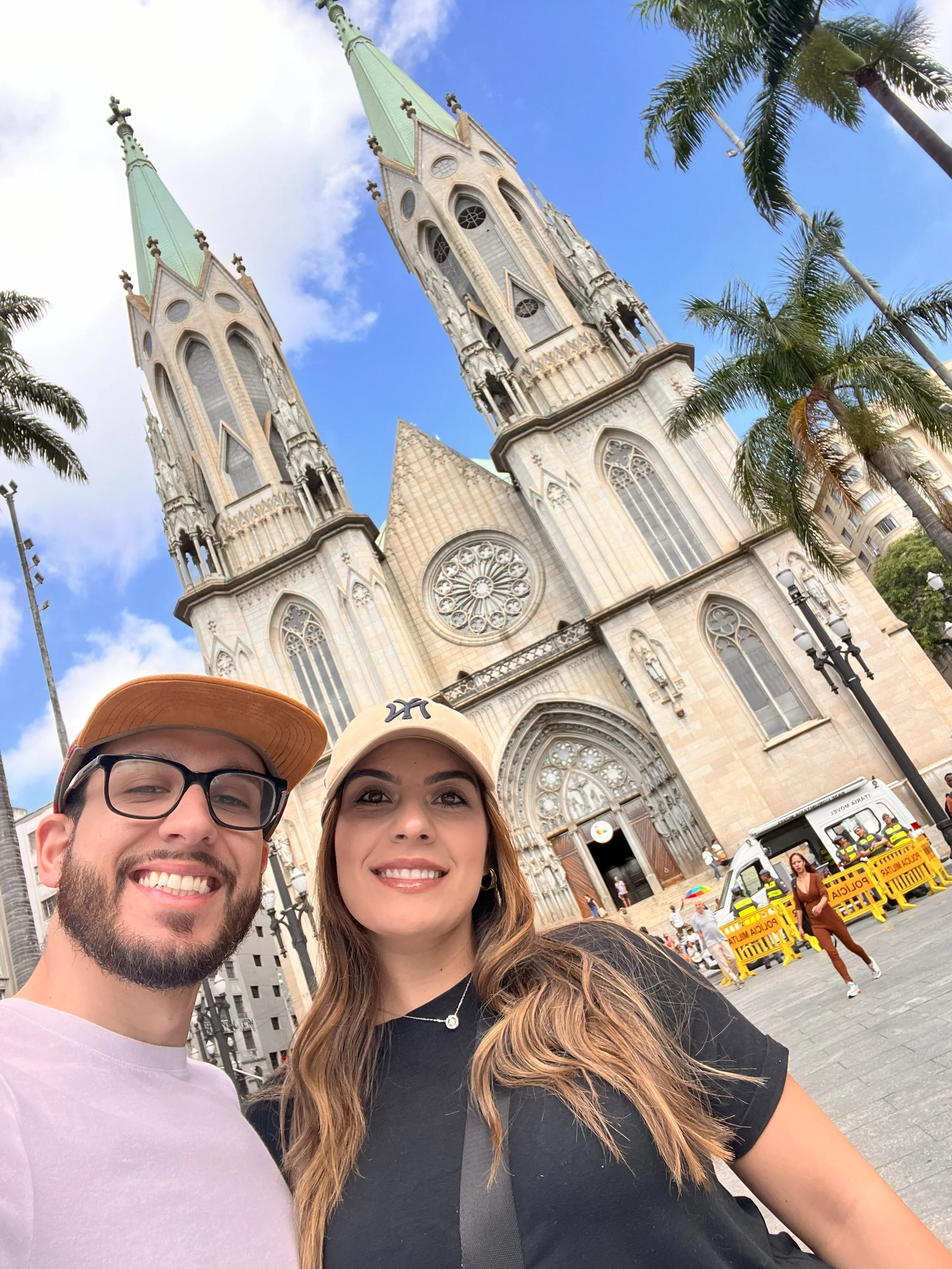Things to Do
in
São Paulo
Here are some fun things to do while in São Paulo, each heading is linked to the Google Maps location for your convenience.
Stretching 2.8km (1.7 mi), Paulista Avenue serves as the headquarters of many financial and cultural institutions. As a symbol of the center of economic and political power of São Paulo, it has been the focal point of numerous political protests beginning in 1929 and continuing into the 21st century. It is also home to an extensive shopping area and to South America's most comprehensive fine-art museum, the São Paulo Museum of Art.
Ibirapuera is one of Latin America's largest urban parks and its iconic importance to São Paulo is often internationally comparable to that of Central Park in New York City. The park is often cited as one of the most vibrant and photographed parks in the world, it hosts a vivid cultural scene with museums, a music hall, and popular events. It is claimed to be the most visited urban park in South America, is listed as one of the best parks in the world, and has been described as "a green oasis at the heart of a concrete jungle".
A neighborhood known for its bustling nightlife and its history as the center of São Paulo‘s bohemian culture and art. The neighborhood is filled with dozens of art galleries and studios, an eclectic mix of restaurants and bars and a series of graffiti-covered streets and alleys.
Found within the Vila Madalena neighborhood, a popular tourist destination because of the dense concentration of graffiti that line the streets.
The Municipal Market of São Paulo is a large public market in São Paulo, Brazil.[2] It was designed by the architect Francisco Ramos de Azevedo and inaugurated on January 25, 1933 as a wholesale and retail post specializing in fruits, vegetables, cereals, meats, spices, and other food products. The first floor of the market is occupied by retailers, and the second floor mezzanine hosts multiple restaurants.
The market is noted for its stained glass. 72 stained glass, arranged in 32 panels, are the work of the artist Conrado Sorgenicht Filho. Sorgenicht is known for his work the windows of the Metropolitan Cathedral. The windows of the market depict various aspects of food production in the greater São Paulo region.
A visual arts museum focused on Brazilian art from the 19th century to the present day, in dialogue with various cultures from around the world. Founded in 1905 by the Government of the State of São Paulo, the Pinacoteca is the oldest art museum in the city and has three buildings: Pinacoteca Luz, Pinacoteca Estação and Pinacoteca Contemporânea. The museum holds exhibitions of its renowned collection of Brazilian art and temporary exhibitions of national and international artists.
Rua 25 de Março or Rua Vinte e Cinco de Março is a popular shopping street in the central zone of São Paulo, Brazil. The district surrounding Rua 25 de Março has long been synonymous in Brazil with large crowds and discount shopping.
There are three main shopping malls in the area: The 25th of March Mall, Oriental Mall, and the most famous Pagé Gallery. Here you can find a lot of stores with a miscellaneous kind of products, including tennis shoes, toys, packaging, jewelry, bags, and stationery. Most of these stores sells only in bulk and low prices, so many stores owners from far districts or other cities come to this place to buy goods for resale. Also end user consumer can buy goods, but at higher prices.
The Museu Paulista of the University of São Paulo, commonly known as the Ipiranga Museum, is a Brazilian history museum located near the place where Emperor Pedro I proclaimed Brazil's independence on the banks of Ipiranga brook in the Southeast region of the city of São Paulo, then the "Caminho do Mar," or road to the seashore. It contains a huge collection of furniture, documents and historically relevant artwork, especially relating to the Brazilian Empire era.
The Monument to the Independence of Brazil
A granite and bronze monument located in the Independence Park in São Paulo. It is also known as the Ipiranga Monument or the Altar of the Fatherland. The monument is located on the banks of the Ipiranga Brook, on the historic site where prince regent Pedro proclaimed the independence of the country on 7 September 1822. The monument was designed and built by Italian sculptor Ettore Ximenes (1855–1926) and Italian architect Manfredo Manfredi (1859–1927) to celebrate the first centennial of the Brazilian Independence in 1922.
Monastery of Saint Benedict is a Catholic temple built in 1914 by the German architect Richard Berndl. It is formed by the Basilica of Our Lady of the Assumption, the College of São Bento and the School of Philosophy of São Bento. Currently, around 45 monks reside in the monastery, where they dedicate their lives to the ora et labora tradition.
The Metropolitan Cathedral of Our Lady Assumption and Saint Paul, is the cathedral of the Roman Catholic Archdiocese of São Paulo, Brazil. The existing cathedral's construction, in a Gothic revival style, began in 1913 and ended four decades later. Despite its Renaissance-style dome, the Cathedral is considered by some to be the fourth largest neo-Gothic cathedral in the world.





